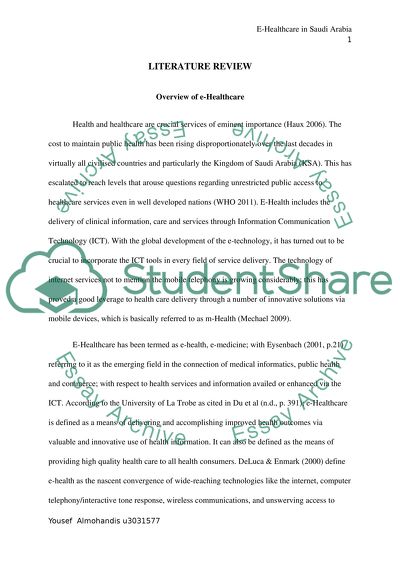Cite this document
(“Implementing E-Healthcare in Saudi Arabia: Opportunities and Literature review”, n.d.)
Retrieved from https://studentshare.org/information-technology/1396319-implementing-e-healthcare-in-saudi-arabia
Retrieved from https://studentshare.org/information-technology/1396319-implementing-e-healthcare-in-saudi-arabia
(Implementing E-Healthcare in Saudi Arabia: Opportunities and Literature Review)
https://studentshare.org/information-technology/1396319-implementing-e-healthcare-in-saudi-arabia.
https://studentshare.org/information-technology/1396319-implementing-e-healthcare-in-saudi-arabia.
“Implementing E-Healthcare in Saudi Arabia: Opportunities and Literature Review”, n.d. https://studentshare.org/information-technology/1396319-implementing-e-healthcare-in-saudi-arabia.


